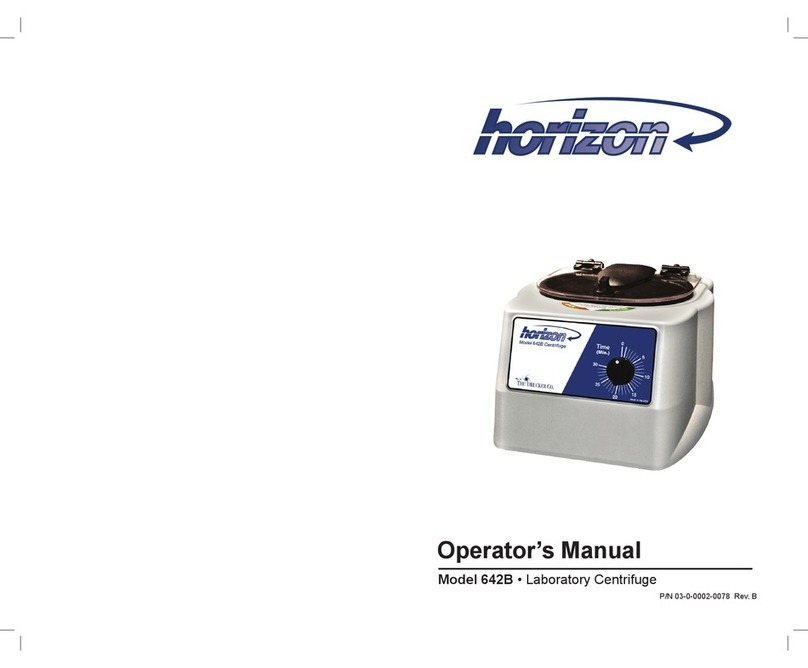
Renewable Energy Education Set
Experiment 1: Use a Solar Panel to Power
the LED Module
Connect the cables to the solar cell/panel and
circuit board to power LED module as shown. Make
sure black and red cables are used with the red
and black terminals respectively.
Connect the solar panel to the circuit board then to the motor base as shown. The fan may need
to be flicked with your finger to start.
Experiment 3: Preparation of the Electrolyzer Module and
Solar Powered Hydrogen Production
Insert the electrolyzer, terminals on top, into the slot on the base. Cut 2
x 4cm length pieces of rubber tube and insert a black pin into the end
of one tube. Place the tube with the black pin into the top pin on the
hydrogen side (with black terminal). Place the other tube firmly onto
the top input nozzle on the oxygen side.
Fill the syringe with DISTILED water. On the red oxygen side of the
electrolyzer, connect the syringe to the uncapped tube. Fill the
electrolyzer until water begins to flow out of the tube. Attach a red plug
to the Oxygen side tube. Let settle for 3 min.
Attach the round cylinders to the cylinder base by pressing downward
into round slots and twisting into place. Then add water up to the "0" line.
Cut out a 20cm length tube. Place it through the holes on the white
clincher, with the clincher 4 cm from the end of the tube.
Place inner containers into outer cylinders minding that the gaps are
not blocked by inner plastic rims. Make sure the water is still level to
the “0” line. If not, remove some water with the syringe so that water
level is at “0” line. Connect the tubings to the top nozzles on the inner
containers. If the tubing is connected to the inner cylinders last there
will be no air trapped inside the inner containers.
Connect the other end of the tube to the bottom end of the black
hydrogen side of the electrolyzer. Connect the other end of the tube to
the bottom end of the red oxygen side of the electrolyzer.
Connect the electrolyzer to the solar panel using the corresponding
cables and expose to direct sunlight. (Important: make sure connec-
tions are correct or permanent damage can occur. Make sure the
clincher is OPEN.)
The system will now start to produce oxygen and hydrogen in the
respective cylinders. When bubbles begin to surface in the hydrogen
cylinder the cycle is complete. Disconnect the electrolyzer.
Procedure for repeated gas production: Disconnect the small plugs
from the tubes connected to the nozzles on the electrolyzer. This will
allow water into the inner cylinders to replace the gasses and reset
water levels to “0” line. Re-insert the plugs into the tubes and repeat
electrolysis again.
EXPERIMENT 1
EXPERIMENT 2
Renewable Energy Education Set
ASSEMBLY GUIDE
EXPERIMENT 3
Distilled water
REES
AA batteries=2 Units Water=100ml Scissors
IMPORTANT: Use common sense when connecting the parts described in this guide. Improper
connections can cause failure and permanent damage to your equipment.
Battery operation instructions:
1. The removing and inserting of batteries is to be
conducted by the adults only. Unscrew the screw holding
the battery pack’s cover in place using a screw driver. Once
the screw is removed open the battery pack and take out
the batteries using your fingers. Do not use a metal
object.When inserting the batteries make sure that you are
doing so with the correct polarity (the positive end of the
battery must match up with the “+” and the negative end of
the battery must match up with the “-” indicated on the
battery pack), close the battery pack and secure its cover by
tightening the screw with a screw driver.
2. Non-rechargeable batteries are not to be recharged.
3. Different types of batteries such as rechargable, alkline
and standard batteries or new and used batteries are not to
be mixed and should be used separately.
4. The battery pack cables are not to be inserted into an AC
socket.
5. The supply terminals of the battery pack are not to be
short-circuited.
6. The two spare red&black cables are not to be inserted
into an AC socket.
7. Exhausted batteries are to be removed from the battery pack.
Warning
Model No.: FCJJ-37
To avoid the risk of property damage, serious injury or
death:
This kit should only be used by persons 12 years old
and up, and only under the supervision of adults who
have familiarized themselves with the safety measures
described in the kit. Keep small children and animals
away, as it contains small parts that could be
swallowed. Read the instructions before use and have
them ready for reference.
ASSEMBLY GUIDE
What you need:
Experiment 2: Use a Solar Panel to Power the Small
Fan/Wheel Motor Module
Assembly of the small electric fan:
Connect small round white adapter to the motor axis. Connect the fan
blade to the adapter.
Assembly of the car wheel:
Firmly connect the other (tapered) white adapter to the motor axis.
Attach the small wheel to the adapter.






























